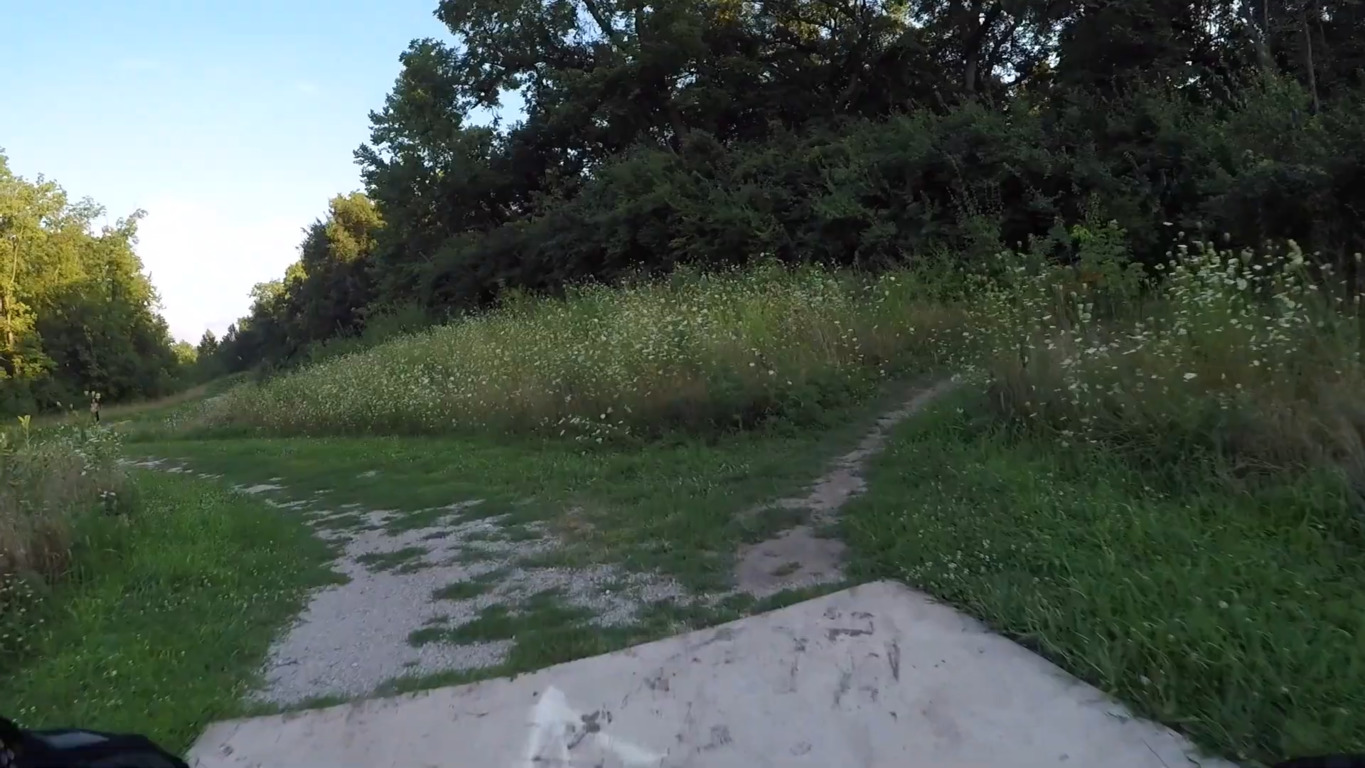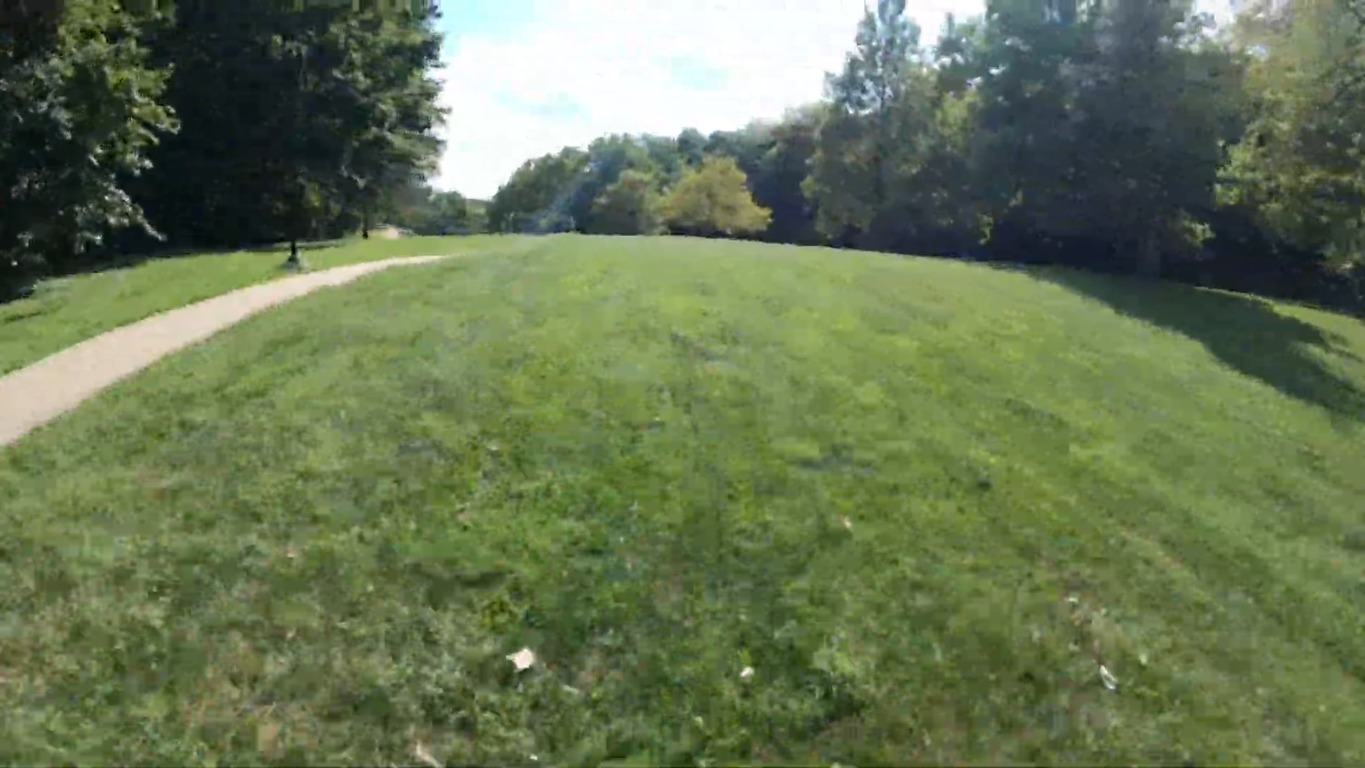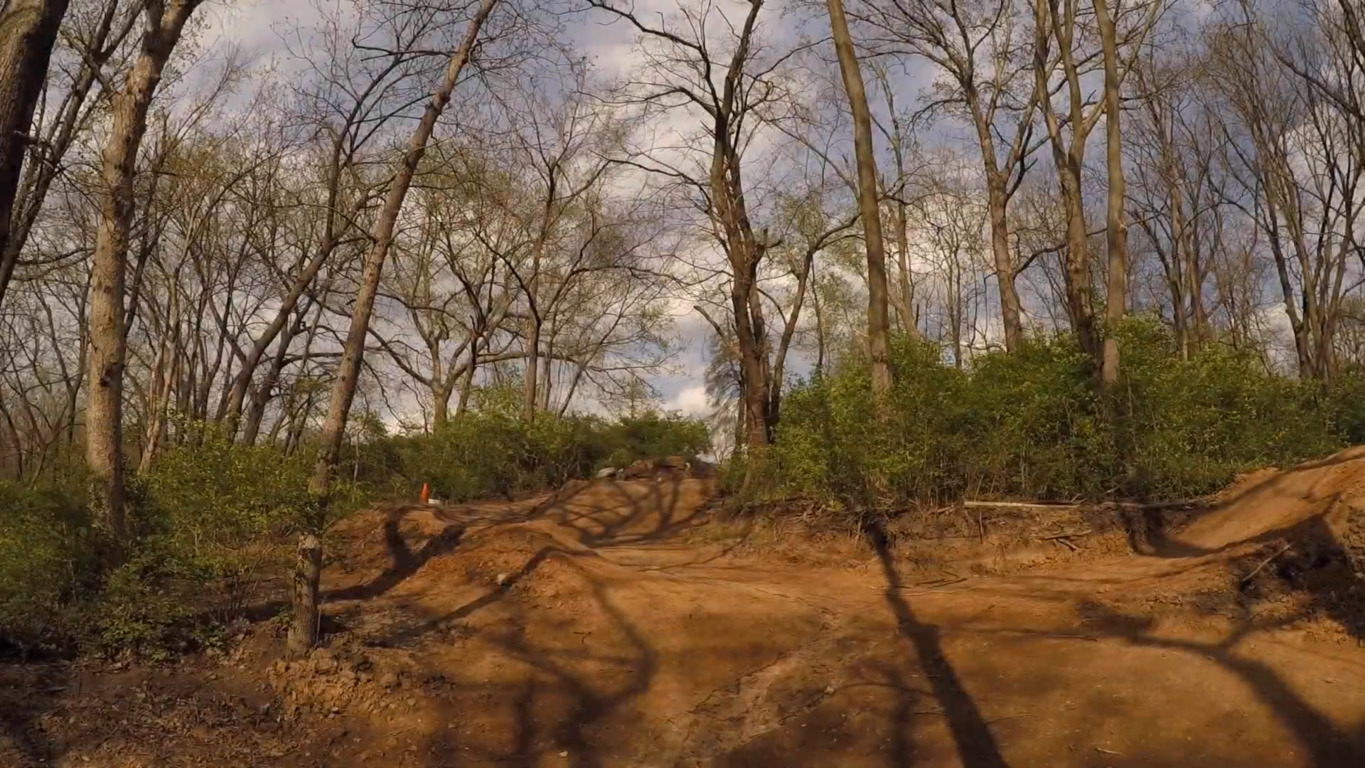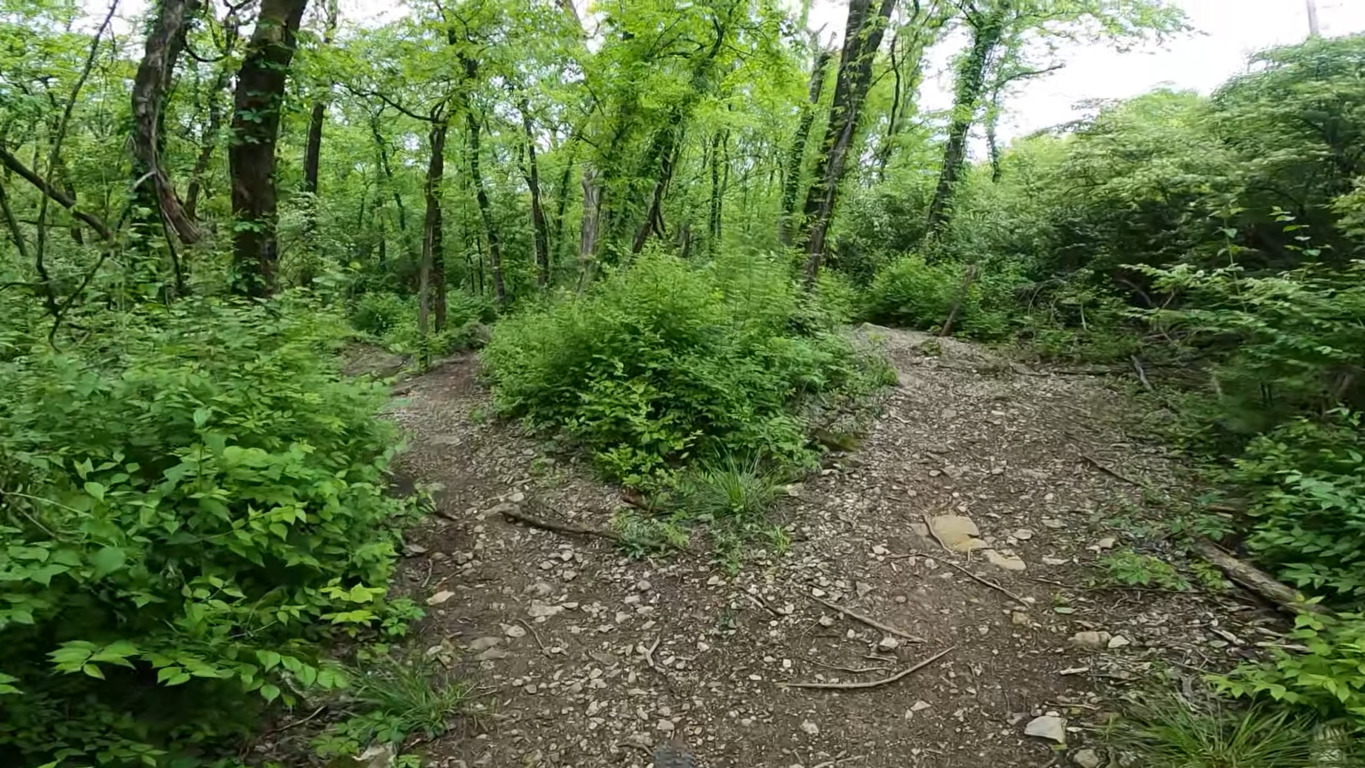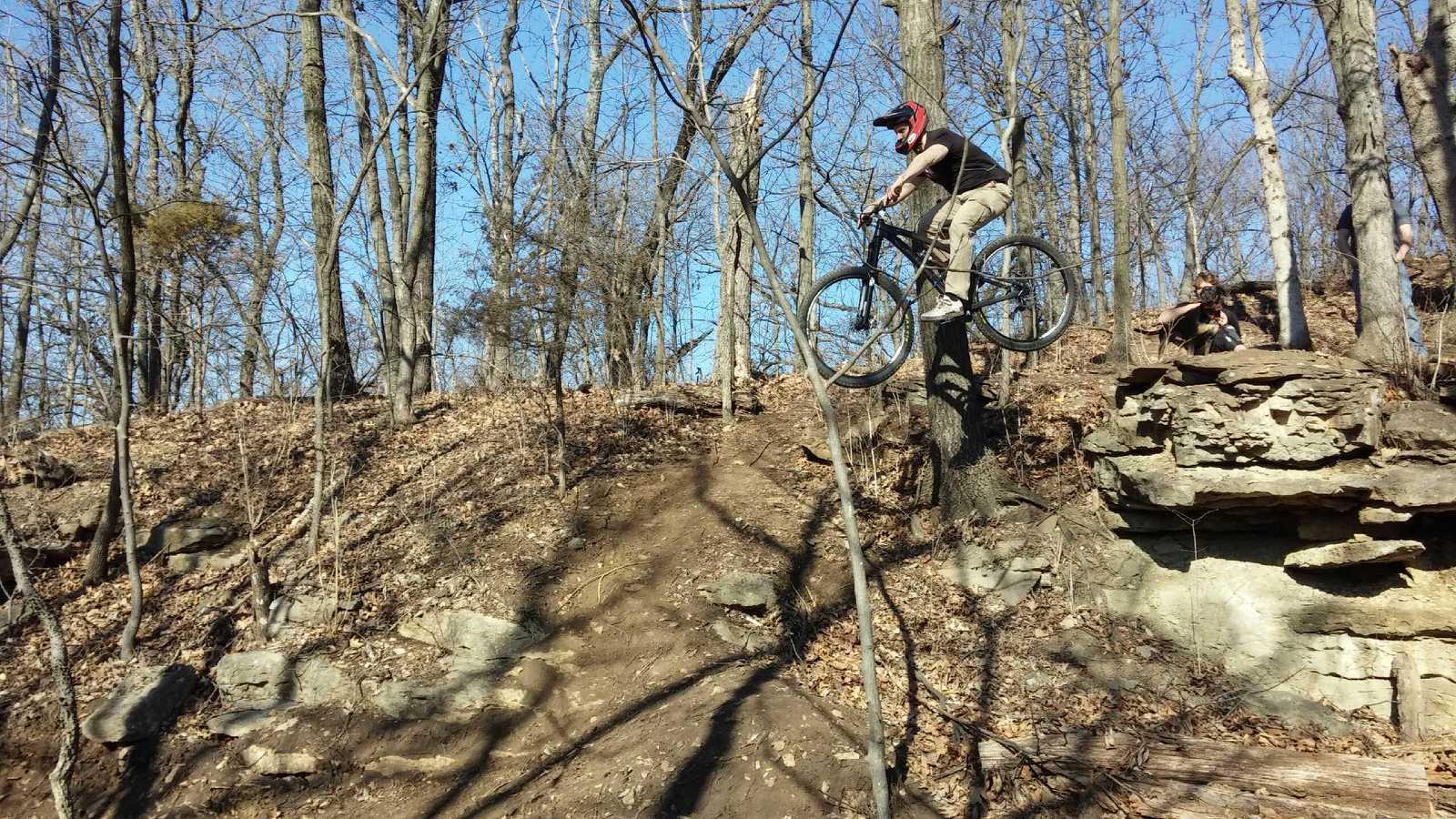Kansas City, Missouri: Area Description
The total area of Kansas City is 318 square miles, with land and water occupying 98.6% and 1.4%, respectively. It sits where the Kansas and Missouri Rivers meet and is close to the Lower 48 geographic center.
It is the largest city in Missouri by size and population, and the landforms include towering cliffs, rolling hills, gardens, statuary, and valleys formed by melting glaciers in the past. It ranks second in the world for having the largest number of boulevards and fountains in a city. There are 137 miles of boulevard and at least 200 installed fountains sprinkled around the city. There is even a holiday dedicated to the fountains in April.
There are 14 counties, including Leavenworth, Wyandotte, and Clay, in the metropolitan area, and Jackson County, where most of the city is located, is the most populous county.
| Land area (sq. mi; sq. km) |
318.80 sq mi (825.69 km2) |
| Minimum Elevation |
- |
| Maximum Elevation |
910 ft (277 m) |
Demographics of Kansas
According to the last official census, there are 508,090 inhabitants in Kansas City, with a median age of 35.5. White makes up 82.4% of the population, followed by 27.3% African American. 8.77% of the residents are Hispanic. The rate of citizenship is 95.7%, and 8.19% are foreign-born citizens.
There are 206,000 households, and the median household income is $56,179. 53.8% of residents are homeowners, and 79.9% drive to work at an average travel time of 22 minutes.
65.3% of graduates are White, followed by 10.5% Black or African American, and the common Bachelor’s Degrees are in general business, general biological sciences, and registered nursing.
The workforce is 257, 087 and the median earning is $34,207 for women and $43,312 for men.
There are 2,392,035 residents in the metropolitan area with a median age of 37.3. White is the leading ethnic group, making up 77.1% of the population, followed by 12% African American. 96.1% are U.S. citizens.
65.2% of the residents in the metropolitan area are homeowners, and the median property value is $196,000. The median household income is $69,240, and it is highest in Johnson County, where it is $91,650.
There are 1.1 million employees, and the median earning for men and women is $35,450 and $50,086, respectively.
There are 843, 000 households in Kansas City metropolitan area. The average commute time is 23.5 minutes, and 81.4% of the population drives alone to work.
| Total population |
508,090 (2020) |
| Population density (persons per sq. km) |
1,614.38/sq mi (623.31/km2) |
Climate of Kansas
The summers in Kansas City are sunny, hot, and wet, and there might be afternoon thunderstorms. The season lasts from June to August, although there can be long hot periods in early September. The average daily temperature exceeds 80°F and can sometimes reach 100°F. July has a nighttime low of 73°F and a high of 90°F.
Winter is from November to February. It is cold, windy, and snowy, and the cold spells can be mild at 59°F or freezing at -2 °F. January has an average high of 41°F and a nighttime low of 24°F.
September to November is the Fall season, and spring is from March to May. The two seasons have frequent rain and fluctuating temperatures as different air masses clash, and they may also feature tornados.
Average Temperature by Months
| Month |
Temperature |
| January |
31°F |
| February |
35°F |
| March |
46°F |
| April |
57°F |
| May |
66°F |
| June |
76°F |
| July |
81°F |
| August |
79°F |
| September |
70°F |
| October |
58°F |
| November |
46°F |
| December |
34°F |
Infrastructure
Metro Area Express (MAX) bus rapid transit, KC Streetcar, Amtrak, and RideKC Bus, are the main mass transit providers in Kansas City, Missouri, connecting the counties and neighborhoods.
Kansas City International Airport and Charles B. Wheeler Downtown Airport are the key airports serving the city.
The city is well connected as it serves as an intersection of major highways. The network includes I-29, I-35, I-49, I-70, I-435, I-470, I-635, and I-670.
There are many spacious parkways and scenic byways in the city, and ports include the Port of Kansas City, whose shoreline extends to nearly 274 meters.
Sights and Landmarks in Kansas City
Kansas City, Missouri, is among the top six states for cultural art in America. Apart from the numerous art venues, it is home to renowned museums, professional sports teams, award-winning chefs, stunning fountains, skyscrapers, and large parks such as Swope Park, which is one of the largest in the country and the grounds of the Lakeside Nature Center.
Enjoy specialty barbecue and strip steak, as well as cocktails and craft beer, the next time you visit the city. Also, be sure to visit the following tourist destinations:
- National WWI Museum and Memorial
- The Fountain at Mill Creek
- Ernie Miller Nature Center
- American Jazz Museum
- Nelson-Atkins Museum of Art
- Kansas City Murals
- The Starlight Theater
- Powell Gardens
- Kansas City Zoo
FAQ about Trails in Kansas City
Are there urban trails for mountain bikes in Kansas City?
Rozarks Mountain Biking Trails stand out because of their heavy shade despite their location in the city. The rugged route includes rocky and dirt terrains that can be quite muddy in wet seasons. Along the way, you will pass a creek, urban parks, neighborhoods, and the Rosedale Arch, which has a skyline view. The most popular trails are Gnome’s Garden and Marty’s Woods.
When is the best time to ride on Hodge Park Trails?
The best time to ride the singletrack trail system near the Shoal Creek Living History Museum is when it is dry or, if in winter, frozen. There are a few sections with several rocks and roots and fast-sloping downhills that would pose a big challenge when wet.
Which bike trails in Kansas City are suitable for a fun family outing?
The Swope Park bike trails are flowy with a rock garden, a few drops, and multiple elevation changes, and the park has a lake, zoo, museum, large outdoor theater, children’s garden, and a century-old golf course. The trails are also near the Country Club Plaza and the National Museum of Toys and Miniatures.

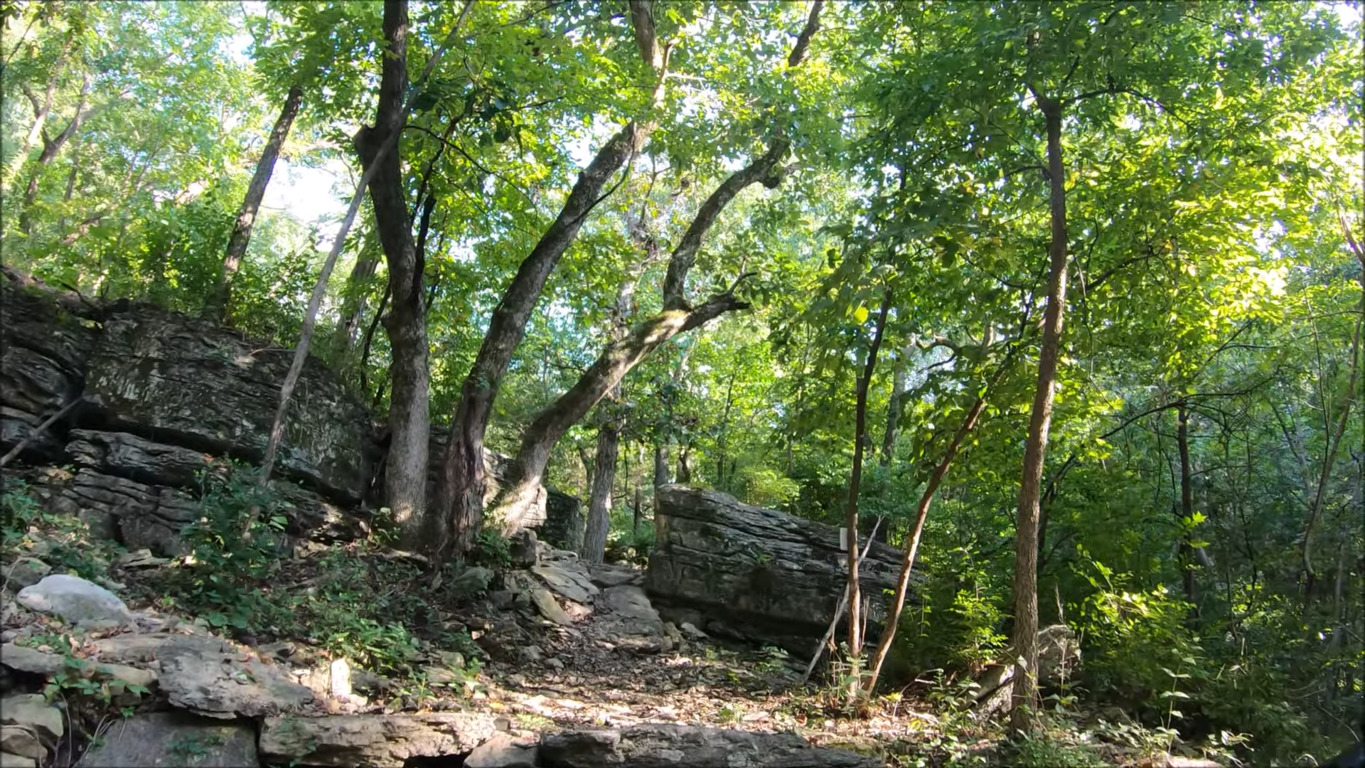
 10 mi
10 mi
